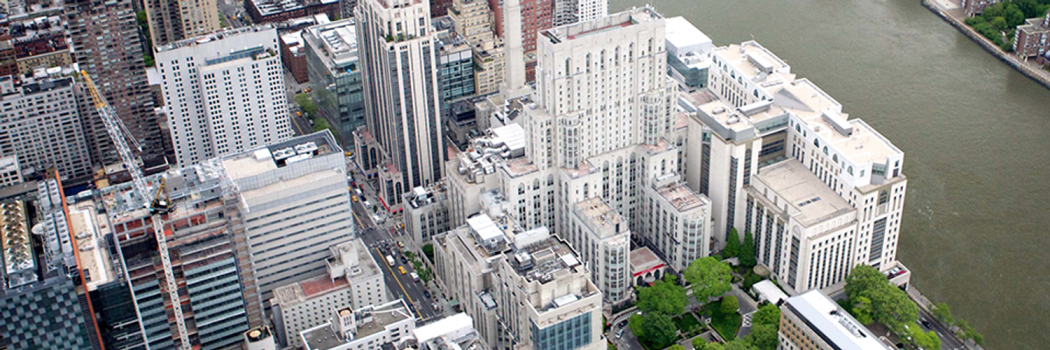NewYork-Presbyterian Hospital/Weill Cornell Medicine boasts one of the best Bone Marrow and Stem Cell Transplant (BMT) programs in the United States and around the world. The program is internationally known for excellence, providing a comprehensive, multidisciplinary approach for patients with cancer and blood diseases in need of stem cell transplant. The program averages 200 stem cell transplants a year, and patients come from the tri-state region, across the nation, and around the globe. Our outstanding team integrates the latest medical science to provide top-notch patient care.
There are many diseases for which a transplant is used. Examples include, leukemia, lymphoma, myeloma, myelodysplastic syndromes, aplastic anemia, some auto-immune disorders and sickle cell disease. Bone marrow and stem cell transplant can be life saving for patients with these diseases.
Having a transplant is a complex process. The Bone Marrow and Stem Cell Transplant Program at NewYork-Presbyterian Hospital/Weill Cornell Medicine strives to offer the best treatment for every single patient, while at the same time moving the field by contributing to research. Our patients also benefit from the many strengths in other medial disciplines at NewYork-Presbyterian, which has been recognized as the best hospital in New York City for 15 years in a row and is consistently among the top ten hospitals in the country. It is a full-service hospital with expertise across all specialties.
Weill Cornell Medicine and NewYork-Presbyterian offer the following types of transplant:
Autologous transplant
Transplant utilizing the patient’s own stem cells. Usually for patients with lymphoma, multiple myeloma, or auto-immune disorders followed by rescue with the patient’s own stem cells.
Allogeneic transplant
Transplant of stem cells from a related or unrelated donor with a similar human leukocyte antigen (HLA) type. The treatment of choice for many patients with blood disorders, particularly those with leukemia, but also used for certain patients with lymphoma, myeloma, sickle cell disease and thalassemia. For allogeneic transplant, we initially try to identify a related donor for an HLA-identical sibling transplant, also called a matched related donor transplant (MRD). If such a donor is not available, we contact the National Marrow Donor Program for identification of a matching unrelated donor (MUD). Many patients lack such donors, but can still successfully undergo transplant using a haplo-identical donor, an umbilical cord blood donor or a combination of umbilical cord blood and haplo-identical donor in a haplo-cord transplant.
Haploidentical + cord blood (Haplo-cord) transplant
A unique type of transplant that makes stem cell transplantation available to patients lacking matching donors. The haplo-cord transplant utilizes two graft sources, a related (or unrelated donor) with a different HLA type, combined with an umbilical cord blood unit from a newborn that contains stem cells. We have seen great successes with this procedure which results in rapid recovery and low rates of graft vs host disease.
Double-cord transplant
This is another technique used when someone does not have a suitably-matched related or unrelated donor. The umbilical cord blood collected following the delivery of a baby contains a large number of blood-forming stem cells that can be used for stem cell transplantation. In this type of transplant, the stem cells from two different cords are combined and transplanted into the patient.
For the best patient care and treatment options, contact us today at (646) 962-7950.
